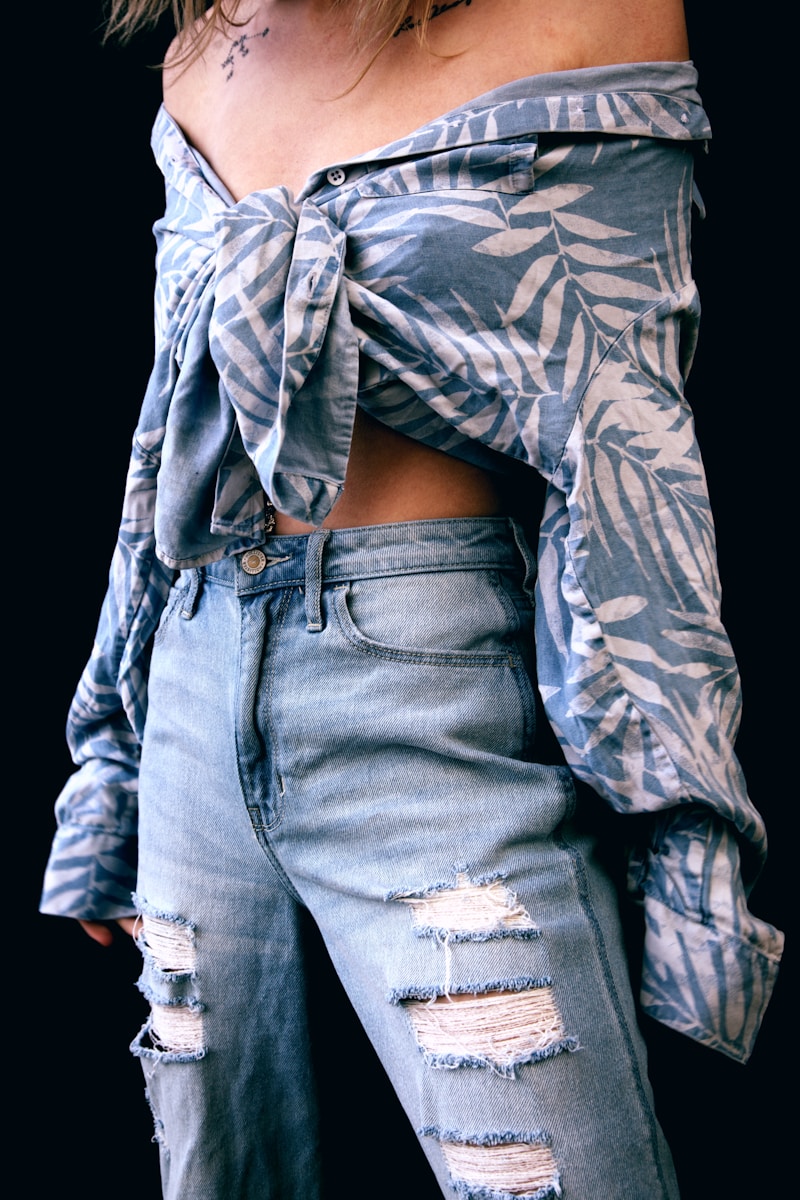Introduction
As awareness of environmental issues grows, the fashion industry is increasingly embracing eco-friendly fabrics. These sustainable materials are revolutionizing the way we think about fashion, offering alternatives that reduce environmental impact and promote ethical practices. This article explores the rise of eco-friendly fabrics, their benefits, and how they are transforming the fashion industry.
Understanding Eco-Friendly Fabrics
Eco-friendly fabrics are textiles made from sustainable materials that minimize environmental harm throughout their lifecycle. These fabrics are produced using methods that reduce resource consumption, pollution, and waste. The shift towards eco-friendly fabrics reflects a broader movement within the fashion industry to adopt more sustainable and ethical practices.
Key Characteristics of Eco-Friendly Fabrics:
- Sustainability: Made from renewable resources or recycled materials.
- Low Environmental Impact: Produced with minimal waste and reduced pollution.
- Ethical Practices: Manufactured under fair labor conditions.
Types of Eco-Friendly Fabrics
- Organic Cotton
Organic cotton is grown without synthetic pesticides, fertilizers, or genetically modified organisms (GMOs). This method of cultivation promotes healthier soil and reduces water usage compared to conventional cotton farming.
Benefits:
- Reduced Chemical Use: Minimizes exposure to harmful chemicals for both farmers and consumers.
- Improved Soil Health: Enhances soil fertility and supports biodiversity.
- Water Conservation: Uses less water compared to conventional cotton farming.
Applications:
- Casual Wear: T-shirts, jeans, and dresses.
- Home Textiles: Bed linens and towels.
- Bamboo Fabric
Bamboo fabric is made from the fibers of the bamboo plant, which is known for its rapid growth and low environmental impact. Bamboo fabric is soft, breathable, and naturally antibacterial.
Benefits:
- Fast Growth: Bamboo grows quickly and requires minimal resources.
- Biodegradable: Naturally decomposes, reducing landfill waste.
- Antibacterial Properties: Helps prevent the growth of bacteria and odors.
Applications:
- Activewear: Sports bras, leggings, and socks.
- Lingerie: Underwear and sleepwear.
- Hemp Fabric
Hemp fabric is derived from the fibers of the hemp plant, which is known for its durability and low environmental impact. Hemp requires little water and no pesticides, making it a sustainable choice.
Benefits:
- Durability: Strong and long-lasting fabric.
- Low Resource Use: Requires minimal water and no synthetic chemicals.
- Soil Health: Improves soil health through natural cultivation processes.
Applications:
- Outerwear: Jackets and coats.
- Casual Wear: Pants, shirts, and skirts.
- Recycled Polyester
Recycled polyester is made from post-consumer plastic bottles or other recycled polyester garments. This process helps reduce waste and the need for virgin materials.
Benefits:
- Waste Reduction: Diverts plastic waste from landfills and oceans.
- Energy Savings: Requires less energy to produce compared to virgin polyester.
- Durability: Retains the strength and versatility of traditional polyester.
Applications:
- Sportswear: Athletic wear and outerwear.
- Accessories: Bags and backpacks.
- Tencel (Lyocell)
Tencel, also known as Lyocell, is produced from sustainably sourced wood pulp, typically from eucalyptus trees. The production process uses a closed-loop system that recycles water and solvents.
Benefits:
- Sustainable Sourcing: Made from renewable wood pulp.
- Low Environmental Impact: Closed-loop production reduces waste and pollution.
- Softness: Known for its smooth, silky texture.
Applications:
- Casual Wear: Shirts, dresses, and trousers.
- Sleepwear: Pajamas and robes.
- Organic Linen
Organic linen is made from flax plants grown without synthetic chemicals. Linen is a durable, breathable fabric that becomes softer with each wash.
Benefits:
- Durability: Strong and long-lasting.
- Breathability: Excellent for warm weather due to its moisture-wicking properties.
- Eco-Friendly Cultivation: Requires fewer resources and chemicals compared to conventional linen.
Applications:
- Summer Wear: Dresses, shirts, and shorts.
- Home Textiles: Tablecloths and curtains.
The Impact of Eco-Friendly Fabrics on the Fashion Industry
- Sustainability Initiatives
The adoption of eco-friendly fabrics reflects a growing commitment to sustainability within the fashion industry. Brands are increasingly integrating these materials into their collections, contributing to a reduction in environmental impact and promoting ethical practices.
- Consumer Awareness
As consumers become more environmentally conscious, there is a rising demand for sustainable fashion. Eco-friendly fabrics appeal to consumers who prioritize ethical and sustainable choices, driving the fashion industry to innovate and adapt.
- Innovation and Technology
The development of eco-friendly fabrics has spurred innovation in textile technology. Researchers and designers are continually exploring new materials and processes that offer both environmental and performance benefits.
How to Incorporate Eco-Friendly Fabrics into Your Wardrobe
- Choose Sustainable Brands
Support brands that prioritize sustainability and use eco-friendly fabrics in their collections. Research and select companies known for their commitment to ethical practices and environmental responsibility.
- Invest in Quality Pieces
Invest in high-quality garments made from eco-friendly fabrics. These pieces tend to be more durable and offer better long-term value compared to fast fashion items.
- Educate Yourself
Stay informed about the latest developments in sustainable fashion and eco-friendly fabrics. Understanding the benefits and characteristics of different materials can help you make more informed choices.
- Promote Recycling and Upcycling
Encourage recycling and upcycling of garments to extend their lifespan and reduce waste. Consider donating or repurposing clothing items that are no longer needed.
Conclusion
Eco-friendly fabrics are transforming the fashion industry by offering sustainable alternatives that reduce environmental impact and promote ethical practices. By embracing these materials and supporting brands committed to sustainability, consumers can contribute to a more responsible and eco-conscious fashion industry. For more insights on sustainable fashion and lifestyle trends, visit Unisho, where we explore various aspects of modern living and style.
This information is provided to the best of our knowledge, but there may be changes or updates. Please refer to current textile developments and consult with fashion experts for the latest information.

